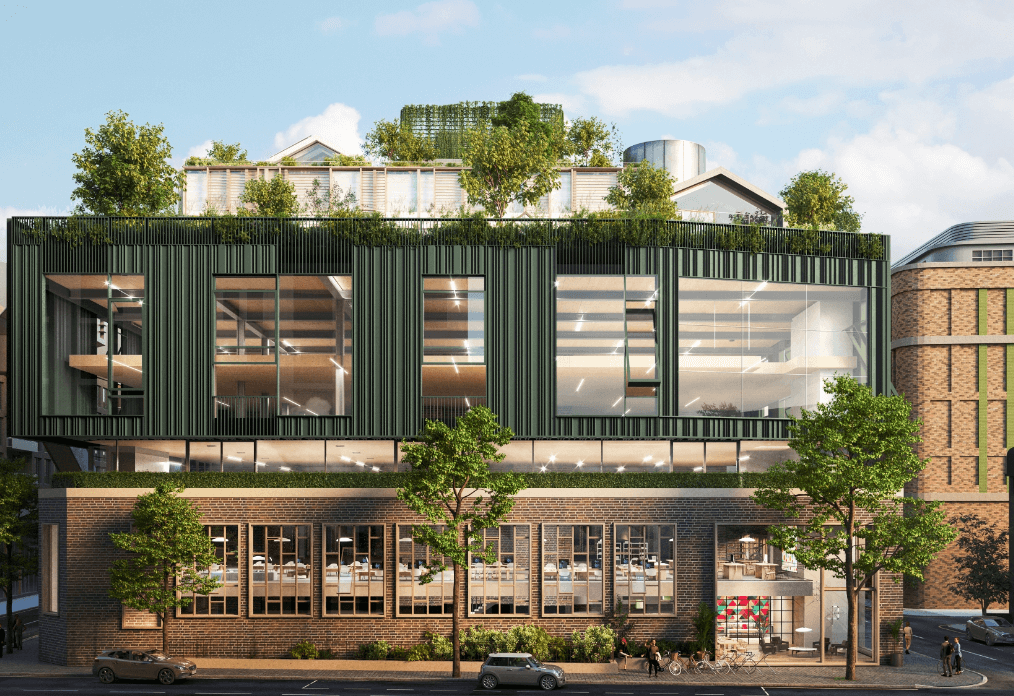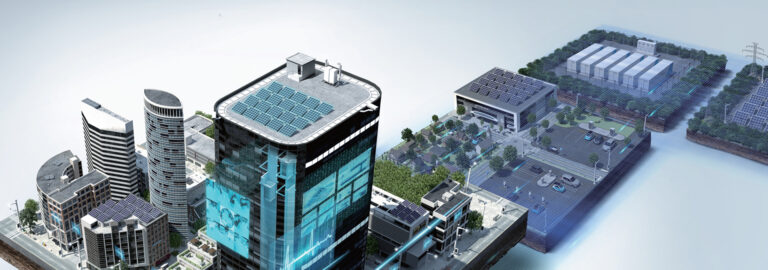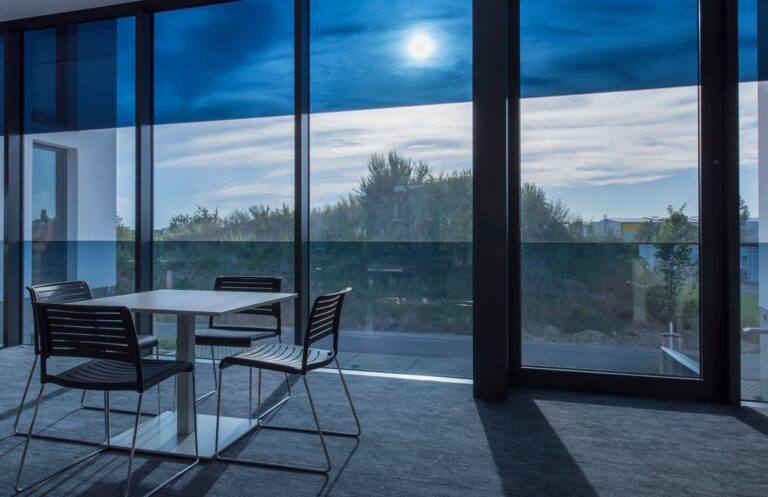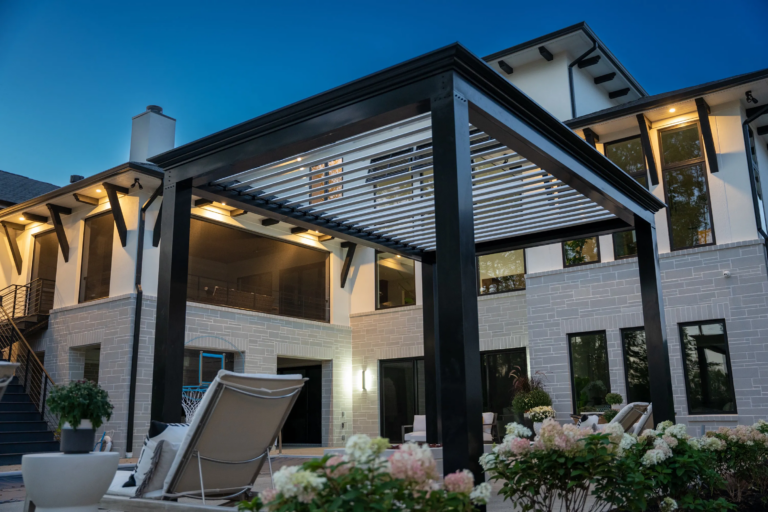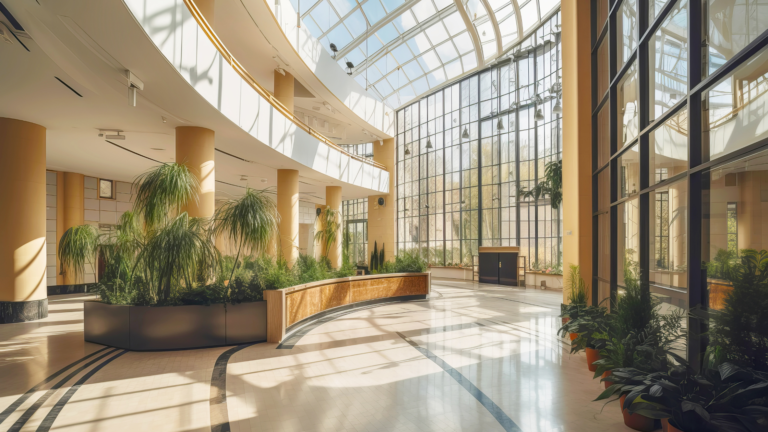In the quest for eco-friendly and efficient building solutions, sustainable building materials have taken center stage. These innovative materials not only reduce environmental impact but also offer long-term benefits in energy savings, durability, and indoor air quality. As the construction industry continues to evolve, incorporating sustainable materials has become essential to meeting environmental goals, reducing carbon footprints, and building a better future.
Here are some of the top innovations in sustainable building materials that are transforming modern construction:
Recycled Aluminum and Steel
Aluminum and steel are some of the most recyclable materials, and their recycled versions are gaining popularity in sustainable construction. Recycled aluminum, in particular, is ideal for windows, doors, and facade systems, as it offers high durability and strength with minimal environmental impact. Using recycled metals reduces the need for new mining and lowers greenhouse gas emissions, making these materials a sustainable choice for architects and builders. The strength and lightweight properties of recycled aluminum also enable more efficient transportation and installation, contributing further to sustainability.
Cross-Laminated Timber (CLT)
Cross-laminated timber (CLT) is a sustainable alternative to traditional concrete and steel that has been widely used in the construction of mid-rise buildings. CLT is manufactured from layers of wood bonded together, providing impressive structural integrity and a low carbon footprint. Since timber acts as a carbon sink, CLT buildings capture and store CO2, helping to offset emissions. Additionally, CLT offers quick assembly and excellent insulation properties, making it a valuable material for energy-efficient buildings.
Hempcrete and Other Plant-Based Materials
Hempcrete, a bio-composite material made from hemp fibers, lime, and water, is gaining attention as a sustainable alternative to traditional concrete. It’s lightweight, insulating, and naturally fire-resistant, while also sequestering carbon during its growth and production. Other plant-based materials, such as bamboo and straw, are also used in construction for their strength, renewability, and biodegradable properties. Plant-based materials contribute to healthier indoor air quality and reduce dependence on resource-intensive materials.
Low-VOC and Eco-Friendly Insulation
Traditional insulation materials can release volatile organic compounds (VOCs), which are harmful to both the environment and indoor air quality. Modern eco-friendly insulation options—such as cellulose, wool, and recycled cotton—are low in VOCs and provide effective thermal resistance. Some of these materials are made from recycled content, further reducing waste. Eco-friendly insulation contributes to better energy efficiency by maintaining comfortable indoor temperatures with less reliance on heating and cooling systems.
Solar-Reflective Roofing and Cool Roof Materials
Cool roofing materials reflect more sunlight and absorb less heat than traditional roofs, which helps keep buildings cooler and reduces energy usage for air conditioning. Solar-reflective roofing materials, including special paints, tiles, and shingles, lower the heat island effect in urban areas and improve the comfort of interior spaces. By using cool roof materials, buildings can achieve better energy efficiency, contributing to lower energy costs and less strain on HVAC systems.
Self-Healing Concrete
Self-healing concrete is an innovative material designed to repair its own cracks, extending its lifespan and reducing maintenance needs. This technology incorporates bacteria that produce limestone when exposed to water and air, filling cracks and sealing damaged areas. Self-healing concrete reduces the frequency of costly repairs, conserves resources, and minimizes waste. Its durability and longevity make it a valuable material for sustainable construction projects, especially in infrastructure and heavy-use areas.
"Sustainable building materials are revolutionizing construction, creating resilient, eco-friendly spaces that benefit both people and the planet. Embracing these innovations paves the way for a greener, more sustainable future."

